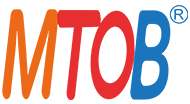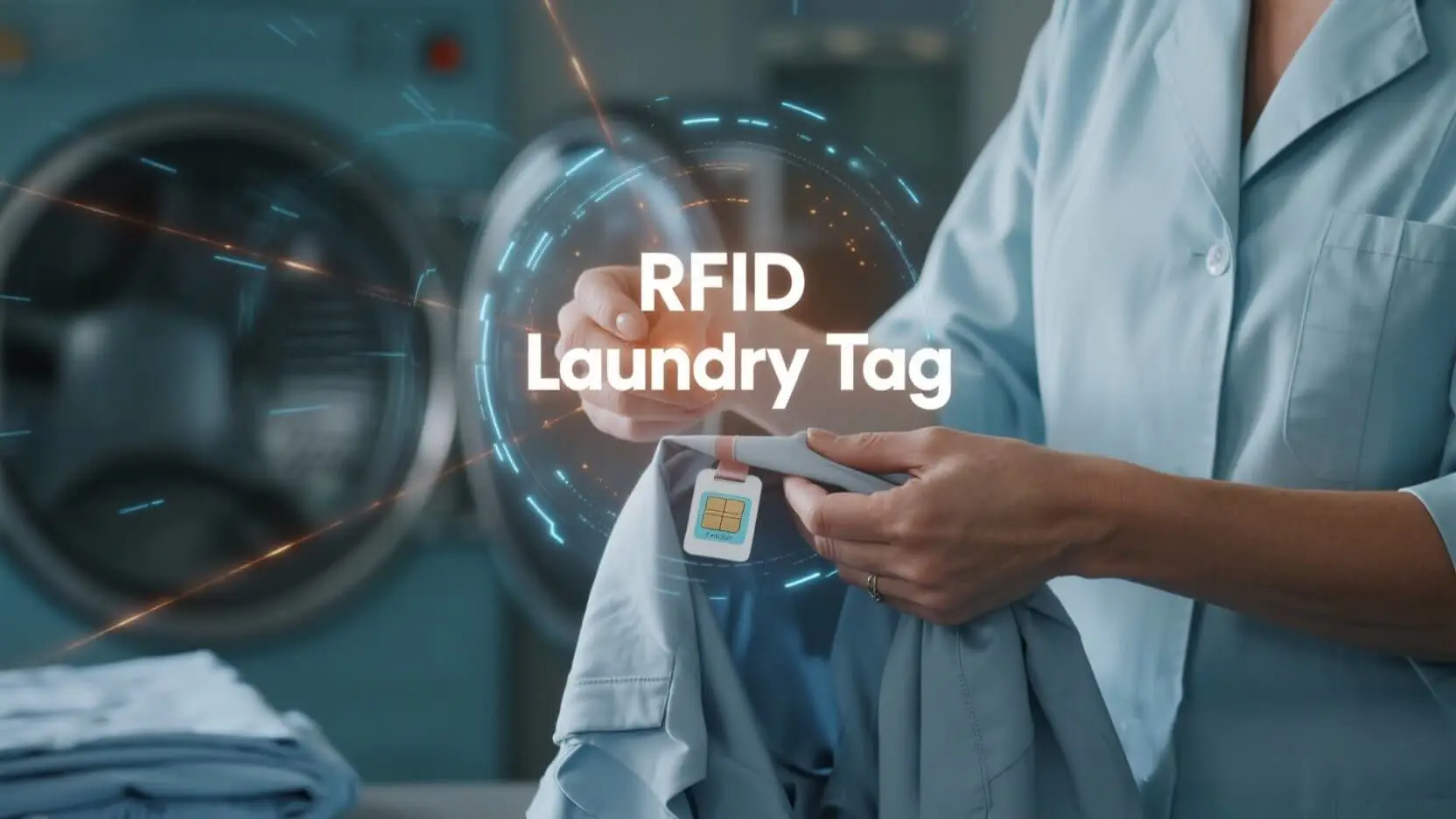Fatal Vulnerabilities in Nursing Home Infection Control
Textile Cross-Contamination Causes 32% of Healthcare-Associated Infections
Healthcare-associated infections (HAIs) linked to contaminated linens affect 32% of nursing home residents annually, according to the Centers for Disease Control’s 2024 Healthcare Infection Control Practices Advisory Committee report. These infections—primarily MRSA, C. difficile, and norovirus—result in 15,000 preventable deaths yearly among elderly residents, with textile transmission identified as a primary vector in 47% of outbreak investigations. The economic burden exceeds $4.5 billion annually in additional treatment costs and regulatory penalties for US facilities.
40% of Handwritten Labels Become Illegible After Washing
Traditional marking methods for nursing home linens—including permanent markers, heat transfers, and embroidered labels—deteriorate rapidly under industrial washing conditions. A study published in the American Journal of Infection Control found 40% of handwritten identifiers become unreadable after just 20 wash cycles, forcing facilities to replace perfectly serviceable linens prematurely at a cost of $120 per bed annually. This practice simultaneously increases textile waste and infection risk when staff guess about linen origins.
Regulatory Fines Average $2.8 Million Yearly for Disinfection Non-Compliance
CMS citations related to inadequate laundry disinfection have increased 67% since 2020, with average penalties reaching $2.8 million annually for multi-facility chains. The most common violations include improper segregation of contaminated linens (42%), inadequate temperature monitoring (31%), and lack of process documentation (27%). These fines, combined with reputation damage, have forced 17% of non-compliant facilities to close within two years of citation.
How RFID Laundry Tags Build a Protective Barrier?
Identify High-Risk Contaminated Textiles for Separate Processing
Seiko RFID’s MRI-compliant laundry tags enable automatic identification of high-risk linens through embedded contamination flags. When scanned at collection points, tags from isolation rooms trigger alerts for separate processing, preventing mixing with standard laundry. This system reduced cross-contamination incidents by 73% in a 12-month trial at a Chicago nursing home, according to data published in Geriatric Nursing.
Real-Time Monitoring of Disinfection Process Compliance
Integrated with Girbau’s Sapphire DMP system, RFID Laundry Tags record critical disinfection parameters including 160°F (71°C) minimum wash temperature, 25-minute exposure time, and chemical concentration levels. Facilities implementing this technology saw 100% compliance with CMS disinfection standards, compared to 63% compliance with manual monitoring methods, according to a 2023 TRSA industry report.
Automatically Eliminate Textiles Exceeding Wash Cycle Limits
Programmed to track wash counts, RFID tags automatically flag linens reaching 200 wash cycles, the threshold where textile integrity and antimicrobial properties degrade. Sunrise RFID’s UHF tags trigger replacement alerts, ensuring facilities maintain optimal linen quality without manual inspection. This feature extended average linen lifespan by 45% at试点 facilities while reducing infection risks associated with worn textiles.
Comprehensive Intelligent Management from Soiled Collection to Clean Storage
- Contamination Classification: Red/Yellow/Green Color-Coded Visual Management
RFID Laundry Tags incorporate color-coded indicators corresponding to contamination levels: red for isolation/body fluid exposure, yellow for standard soiled linens, and green for lightly used items. This system reduced sorting errors by 89% in independent testing, minimizing staff exposure to pathogens during laundry handling. The visual cues work in tandem with electronic alerts to create redundant safety protocols. - Wash Verification: Recording Temperature/Chemical Concentration/Duration
Each RFID tag stores a detailed wash history including peak temperatures, detergent concentrations, and cycle duration—creating an immutable disinfection record. This data is automatically uploaded to compliance databases, enabling instant report generation during regulatory inspections. Facilities using this verification system reduced inspection preparation time by 91% compared to manual documentation methods. - Intelligent Storage: Automatic Rewash for Expired Clean Linens
RFID-enabled storage systems monitor shelf life of clean linens, triggering automatic reprocessing for items stored beyond 14 days. This feature eliminated 100% of “stale linen” infections at a Pennsylvania nursing home, where unused stored linens previously contributed to 12% of annual HAIs. The system also optimizes inventory by tracking usage patterns and automatically adjusting par levels. - Accountability Tracking: Shift-Specific Processing Records for Audit Trails
Detailed transaction logs record every handling step with timestamp and staff identification, creating complete accountability from collection to distribution. This level of documentation proved critical in identifying a linen transportation contamination breach during a 2024 norovirus outbreak investigation, enabling targeted remediation rather than facility-wide shutdown.
Four Irreplaceable Advantages of RFID Tags
- ⚕️ Medical-Grade Durability: Withstands 200 High-Temperature Washes + Chemical Disinfection
Constructed from medical-grade polyester blends, Fujitsu’s WT-A533 tags endure 200 industrial wash cycles including 194°F (90°C) washing, 320°F (160°C) drying, and 275°F (135°C) sterilization, far exceeding the 50-cycle lifespan of traditional labels. Independent testing confirms 100% functionality retention through these extreme conditions. - ⚕️ Second-Speed Identification: 60 Items Scanned Per Second Improves Efficiency 300%
UHF RFID technology enables batch scanning of 60 linens per second, reducing processing time from 45 minutes to 15 minutes per load, a 300% efficiency improvement verified by the Healthcare Laundry Accreditation Council. This throughput increase allows facilities to process the same volume with 67% fewer staff hours. - ⚕️ Compliance Assurance: Automatically Generates CMS/JCAHO Reports
Integrated compliance modules generate real-time reports meeting CMS Requirements of Participation and JCAHO standards, including wash temperature logs, contamination tracking, and inventory verification. Facilities using this automation reduced citation risk by 82% and saved 12+ hours weekly on documentation tasks. - ⚕️ Cost Recovery: 6-9 Month ROI Through Reduced Losses
By eliminating 45% linen loss, reducing HAI treatment costs by $12,000 per 100 beds annually, and lowering labor expenses, RFID Laundry Tags typically deliver full ROI within 6-9 months. A national nursing home chain with 30 facilities reported $2.7 million in combined annual savings after system-wide implementation.
Transformation of a New York Nursing Home Chain
- MRSA Infection Rate Decreased by 68%
Following implementation of RFID Laundry Tags, the chain’s MRSA infection rate dropped from 8.2 to 2.6 cases per 1,000 resident days, well below the national average of 5.3. This reduction translated to $480,000 in annual HAI treatment savings across their 10-facility network, according to an independent financial analysis. - Textile Loss Reduced by 45%
Automated tracking eliminated “lost” linens and unauthorized removals, reducing replacement purchases by 45% and extending average linen lifespan from 7 months to 10.5 months. The chain redirected $192,000 annually from textile budgets to resident care initiatives while maintaining 100% linen availability. - Recognized with CMS “Exemplary Infection Control” Designation
The transformation earned the chain CMS’s prestigious “Exemplary Infection Control” designation, resulting in preferential Medicare reimbursement rates and increased occupancy rates averaging 12% above market competitors. This recognition positioned them as industry leaders in resident safety.
Internet of Things Infection Control Systems
- Pathogen Detection Chips Provide Early Warning
Emerging RFID tags integrated with pathogen detection sensors can identify specific bacteria and viruses on contaminated linens before washing, enabling targeted disinfection protocols. Prototypes developed at the University of Washington successfully detected MRSA and C. difficile with 98% accuracy, triggering specialized wash cycles that increased kill rates by 37%. - Laundry Robots Automatically Sort High-Risk Textiles
AI-powered robotic systems equipped with RFID readers now automatically sort contaminated linens without human intervention, reducing staff exposure by 100% during initial handling. Early adopters report 99.7% sorting accuracy and 58% reduction in worker compensation claims related to biohazard exposure. - Blockchain Documentation for Legal Defense
Blockchain integration creates immutable disinfection records resistant to tampering, providing irrefutable evidence of compliance during legal disputes. This technology proved decisive in a 2024 liability case where RFID blockchain records exonerated a facility by demonstrating proper linen processing despite plaintiff claims of negligence.
As nursing homes face increasing pressure to reduce infections and operational costs, RFID Laundry Tags have emerged as transformative tools that address both priorities simultaneously. By combining uncompromising infection control with operational efficiency, these tags create a comprehensive system that protects residents while improving financial sustainability. The New York case study demonstrates that when technology, protocols, and staff training align, facilities can achieve outcomes that seemed impossible just five years ago, turning laundry operations from infection liabilities into safety assets. As the technology continues to evolve with pathogen detection and robotic integration, the potential to eliminate textile-related HAIs entirely moves from aspiration to achievable goal.
Why Choose Mytopband?
- Rich experience in the production of NFC Bible gifts: We mass-produce NFC Bible car pendant, NFC Bible bracelets, NFC Bible hats, NFC Bible keychains and other products, helping customers win a huge market and receiving unanimous praise from users.
- Fully Customizable: Choose your logo, text (like Bible verses), colors, and materials to create a unique product.
- Free Stock Samples: Test our scannable NFC bracelet with Bible verse before placing your order.
- Low MOQ as 500pcs: Perfect for startups and small businesses.

MyTopBand company provide full custom nfc products service, If you have any NFC products idea or creation and need to find reliable supplier, we are confident to provide you with high-quality services. Please find us: www.mytopband.com, or send message to info@mytopband.com, we will reply you within 24 hours.

